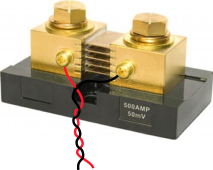If you use a BMS in a series battery array that is above its MOSFET switch breakdown voltage you will not know until cutoff is needed. As long as switch stays closed it will not show any problem.
If it has a bms cutoff for some reason the shutoff MOSFET can avalanche (like zener), gets very hot and either blows open or short. Usually its goes shorted meaning the BMS does not cutoff when it should.
Is it worth putting your batteries at risk if BMS does not shut down when it is needed to.
The cost of MOSFET's goes up for low Rds_ON and higher Vds_breakdown. Above 40v breakdown the cost of low Rds_ON resistance MOSFET are much higher so BMS's for 4s and 8s may all use 40v breakdown MOSFET's just so manufacturer does not have to source two different parts.
Really have to be careful of cheap 12v LFP batteries. They are striving to squeeze every penny of manufacturing cost out of them so may use 25-30v breakdown MOSFET's in their internal BMS. If their specs do not specifically state they are stackable assume they are not.
For 16s BMS, 80v breakdown is minimum, 100v breakdown preferred. With long pos and neg separated battery cables there can be voltage ringing.
Battery line series inductance is reduced if you parallel tape together pos and neg cables, which reduces ringing. This also puts less stress on inverter input bypass electrolytic capacitors and inverter switching MOSFET's.



